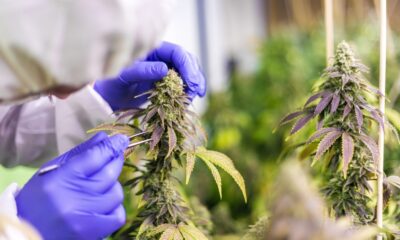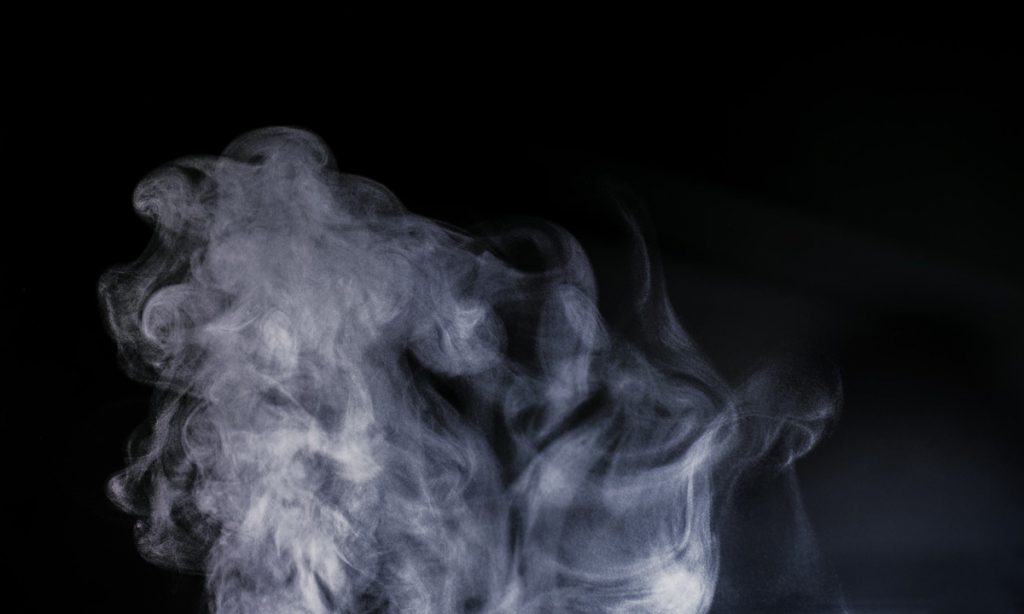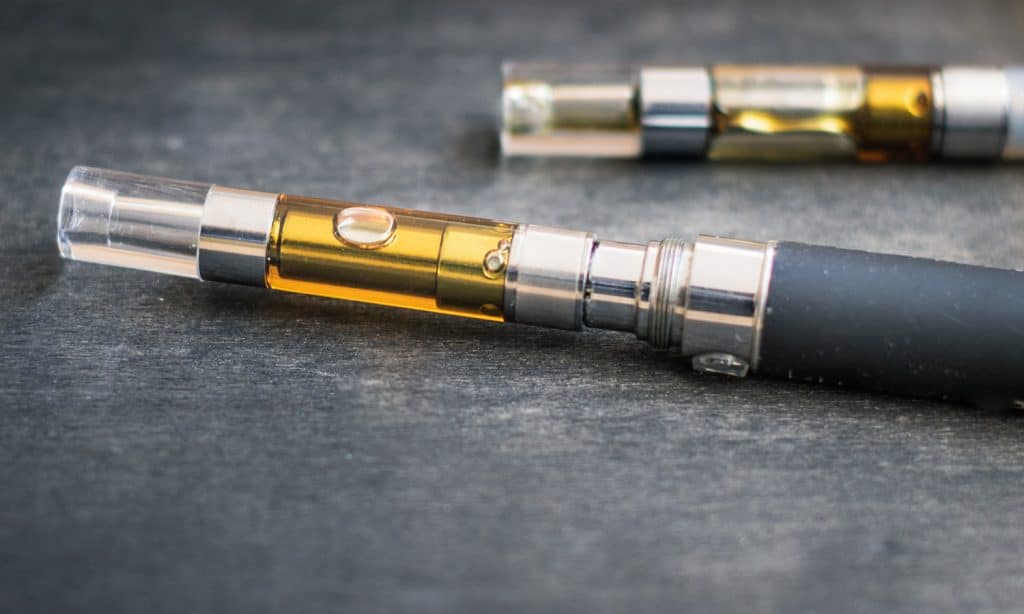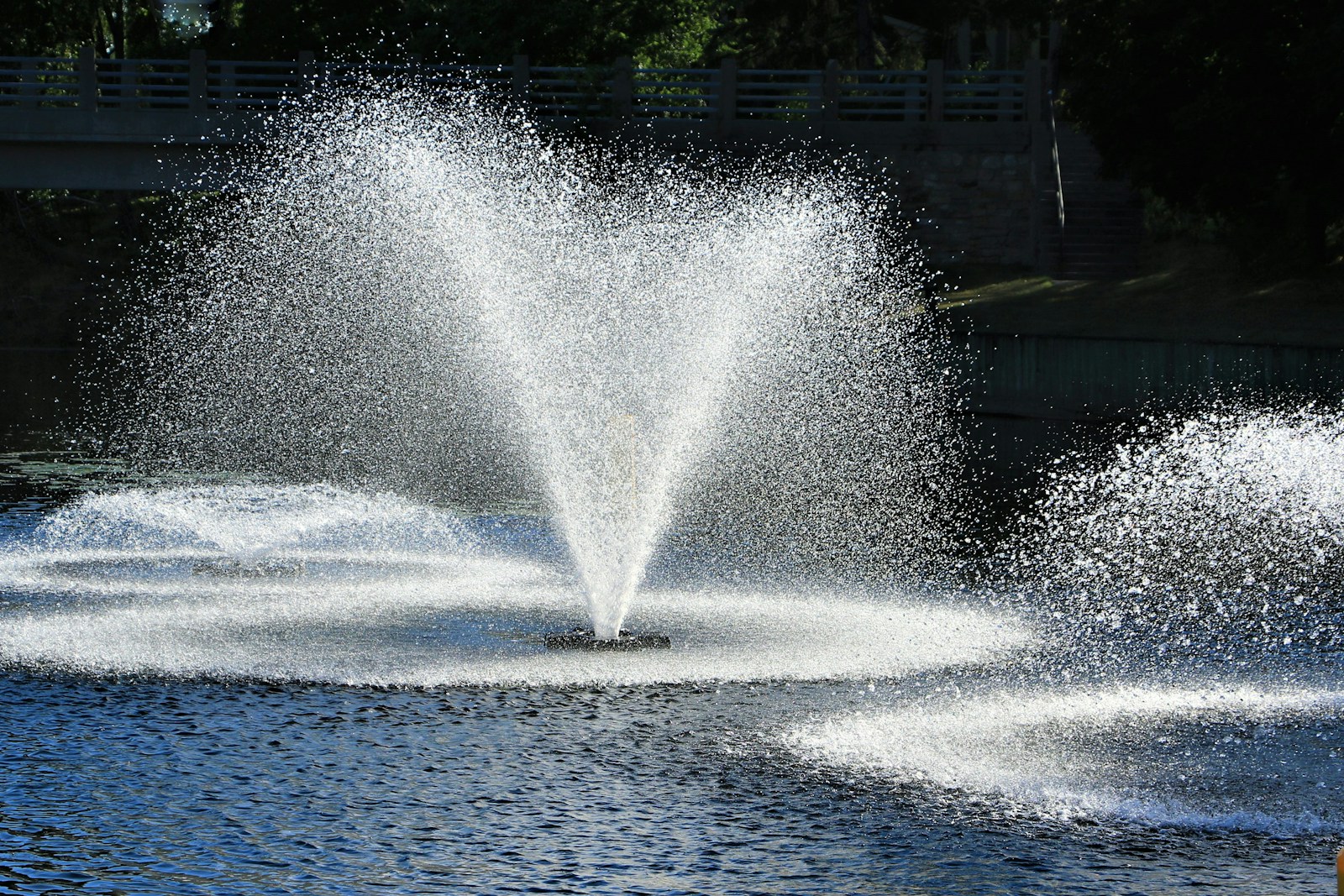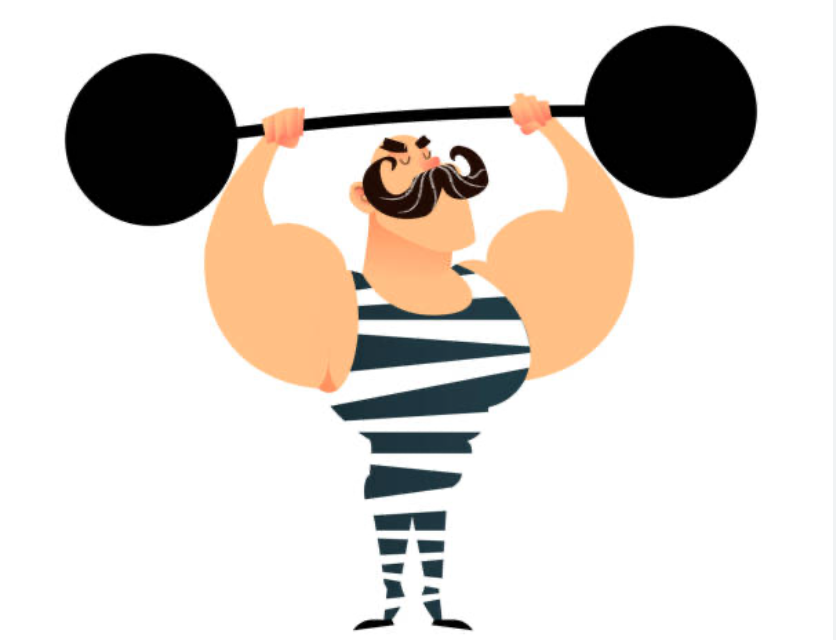Demystifying the debate on differences and similarities among THC and HHC.
THC and HHC have usually been a mysterious subject matter wherein most people are confused about what the similarities and the differences are. Many frequently make the mistake of misjudging the properties and characteristics associated with each one of them. Both have unique characteristics and benefits connected to them. Here, we will talk about each of their properties and then look at their differences.
In this article, you will find not only the differences between these two but also the similarities that are often responsible for the confusion revolving around the two.
HHC vs THC
ABOUT THC
THC, or tetrahydrocannabinol, is the number one psychoactive compound in cannabis. Before exploring HHC vs THC, it is important to know about them individually. THC interacts with the endocannabinoid system and binds with CB1 receptors within the brain and critical anxious system. This interaction induces the needed ‘high’ related to weed use through changing neurochemical release, particularly dopamine.
Beyond its relaxing and leisure outcomes, THC has healing programs, including pain control and nausea. Cannabis strains range in THC content, influencing the depth of effects after consuming it. Individual responses can range from one to another, and the results may additionally include accelerated coronary or heart activity and impaired vision until the effects wear out. Legal status varies globally, with a few regions allowing recreational and/or scientific use.
There are also places that do not provide legal status to THC-based content. The intoxicating effects are the main reason behind THC being on the list of prohibited drugs in many places.
ABOUT HHC
HHC, or hexa hydrocannabinol, is a synthetic cannabinoid with a distinct chemical shape from THC. Research on HHC is constrained, and its outcomes on the endocannabinoid system need a lot more research in the field. As a synthetic compound, its cellular orientation may also vary, and caution is advised. Unlike THC, HHC’s psychoactive and healing consequences aren’t extensively documented.
This is the reason these cannabinoids are much less understood compared to natural cannabinoids, and the whole confusion related to the two exists.
What are the similarities between THC and HHC?
THC (tetrahydrocannabinol) and HHC (hexahydrocannabinol) share similarities as cannabinoids, but they also have variations. Here are some commonalities:
Cannabinoid Nature:
Both THC and HHC are compounds classified as cannabinoids, belonging to the bigger group of chemical compounds discovered inside the cannabis plant. Elements like HHC, THC-X vary in chemical composition or structure and accounts for the slight difference in nature from THC.
Potential Interaction with Cannabinoid Receptors:
Like THC, HHC is anticipated to interact with the endocannabinoid system, potentially binding to cannabinoid receptors within the frame. However, the particular nature of these interactions and their consequences may differ because of changed versions in their chemical structures.
Derivation and Association with Cannabis:
Both compounds are related to cannabis, despite the fact that HHC is an artificial cannabinoid structure, while THC is certainly a compound within the plant.
Despite these similarities, it is critical to observe that the differences in their chemical structures may lead to variations in how they interact with the body’s endocannabinoid system and the subsequent effects they produce. The restrained research on HHC makes it challenging to draw comprehensive comparisons between the two compounds. But HHC vs THC can still be discussed based on the information we have.

What are the variations or differences among THC and HHC?
THC (tetrahydrocannabinol) and HHC (hexahydrocannabinol) are cannabinoids; however, they range in their chemical structures and capacity results.
Chemical Structure:
THC: It has a cyclic structure with an imperative chain of three carbon atoms. This structure is known for its interplay with cannabinoid receptors in the mind and during the frame, mainly due to the psychoactive consequences associated with weed use.
HHC: Hexahydrocannabinol has a 6-membered carbon ring shape. This structural difference can have an impact on the way it interacts with cannabinoid receptors, resulting in extraordinary effects in comparison to THC without any doubt.
Psychoactive Effects:
THC: Known for its psychoactive properties, THC binds to cannabinoid receptors, in particular CB1 receptors within the brain. This interaction produces the characteristic euphoria, relaxation, altered perception of time, and different results typically associated with cannabis use.
HHC: Research on HHC is confined, so its precise outcomes are not nicely established. However, due to its structural differences from THC, it is able to engage with cannabinoid receptors in another way, leading to wonderful psychoactive or healing results.
Legality and Availability:
THC: Found evidently in Cannabis flowers, THC is difficult to surpass the regulations in many regions. It is generally used for both medicinal and recreational purposes.
HHC: HHC is a synthetic cannabinoid, and its status may vary. Synthetic cannabinoids can occasionally be related to crime and are subject to regulations relying on jurisdiction.
Conclusion-
We have seen here that THC is an evidently existing cannabinoid with a fully documented psychoactive outcome, HHC is a synthetic cannabinoid that could have special interactions with the endocannabinoid system. The limited studies on HHC and its outcomes and its chemical profile aren’t as well-established as the ones on THC. As always, caution and sticking to the regional laws are critical when thinking about using any one of the cannabinoids.

 Cannabis News1 year ago
Cannabis News1 year ago
 One-Hit Wonders1 year ago
One-Hit Wonders1 year ago
 drug testing4 months ago
drug testing4 months ago
 Cannabis 1011 year ago
Cannabis 1011 year ago
 Marijuana Business Daily1 year ago
Marijuana Business Daily1 year ago
 Education1 year ago
Education1 year ago
 Education1 year ago
Education1 year ago
 Cannabis1 year ago
Cannabis1 year ago
















